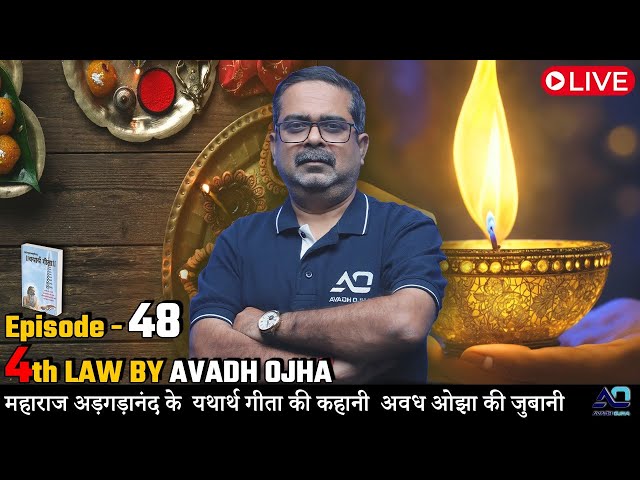The Global Influence of the Gujarati Language and Culture

Introduction
The Gujarati language, native to the western Indian state of Gujarat, is spoken by over 50 million people worldwide. Its importance transcends geographical boundaries as it is not only a medium of communication but also a vessel of rich cultural heritage. Understanding Gujarati plays a crucial role in appreciating the vibrant traditions, cuisine, and arts that originate from this region. The global diaspora has contributed to its spread, making it relevant beyond India’s borders.
Historical Context
Historically, the roots of the Gujarati language trace back to ancient India, forming part of the Indo-Aryan language family. The influence of trade, especially during the colonial era, allowed for the Gujarati language to evolve and adapt. Many Gujarati communities established themselves in countries like Kenya, Uganda, and the UK, further enriching the language through interaction with diverse cultures.
Gujarati in Modern Times
In contemporary society, the Gujarati language finds its relevance through various platforms. Social media, literature, and television have created a significant cultural imprint. Popular TV shows in Gujarati, like ‘Tari Duniya’, have won hearts not just in Gujarat but among the global diaspora, keeping the language alive and kicking. Moreover, digital education platforms are promoting the language among non-native speakers, thereby increasing its accessibility.
Cultural Significance
Gujarati culture, characterized by its festivals, dances, and gastronomy, plays a vital role in the language’s prominence. Festivals such as Navratri and Uttarayan bring together communities to celebrate, showcasing traditional music and dance forms like Garba and Dandiya. Furthermore, Gujarati cuisine, known for its distinct flavor profiles and vegetarian offerings, has garnered a global following, with restaurants and food festivals becoming showcases for the culinary arts of the region.
Conclusion
The ongoing spread of the Gujarati language and culture is indicative of a broader appreciation for diversity in today’s global landscape. As the diasporic communities continue to thrive, the language adapts, ensuring its survival and relevance. For individuals interested in cultural richness, learning Gujarati is not just about mastering a language; it’s about connecting with a legacy steeped in history and tradition. The future of Gujarati lies in the hands of its communities, and its global influence will only continue to grow.









